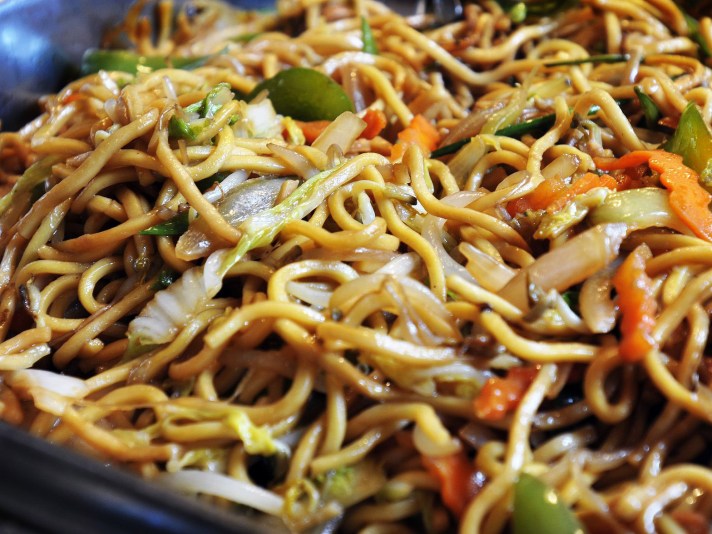SEEING-TO-BELIEVE
Head Chef
lentils can benefit from it a lot
It intensifies savory, umami flavors, not hot, spicy flavors.I can't remember seeing any recipes for spicy hot food that also contained MSG. When I was growing up we thought that MSG mostly intensified the flavours in food. I always figured that the chilis already gave food intense flavour.

Oh yeah, I know that now. But, how long have we been talking about five basic tastes instead of just four? As I wrote, I was told that when I was growing up. That was a very, very long time ago. I legally became an adult in the late 1960s.It intensifies savory, umami flavors, not hot, spicy flavors.
I had my first reactions to MSG before I ever heard of Chinese restaurant syndrome. It wasn't a headache, even though many people describe it as such. it was a very specific, weird, pulling in opposite directions of the muscles around the edge of my face and a short way onto my scalp. It was not painful, just weird and slightly uncomfortable.MSG got a bad reputation years ago after a concerted effort by xenophobic journalists that were trying to convince people that many Asian food products were “dirty”. This conveniently played into the hands of rival Western manufacturers of salts and other flavourings.

How MSG Got A Bad Rap: Flawed Science And Xenophobia
As a college student in New York City, I marveled that the city let me eat poached eggs with halloumi cheese and Moroccan spiced pita for breakfast, a spicy-swe…fivethirtyeight.com
Hing might not be a good enough alternative for you. But, the people who eat Indian food probably don't think of it as an alternative. It's just something that enhances flavour and it's part of their tradition. Not everything needs MSG. Would you put it in a dessert? How about in your breakfast cereal?thanks. i dont think that hing is a good enough alternative
love from israel!
Umami has rarely, if ever, been associated with Indian cuisines. This is unfortunate because our rich tapestries of cuisines are replete with umami. And one particular dish perfectly epitomizes umami for me—look no further than the South Indian maami’s umami dish—the splendiferous sambar.
Sambar, the South Indian vegan stew, has more than half a dozen ingredients rich in natural glutamic acid. Onions, tomatoes, garlic, carrots, daikon radishes, drumsticks, and seasonings including asafoetida, mustard seeds, and fenugreek seeds, just to name a few. Combining these ingredients creates a unique umami flavour profile found in no other dish worldwide.
